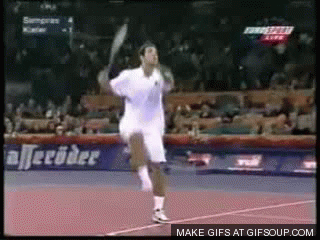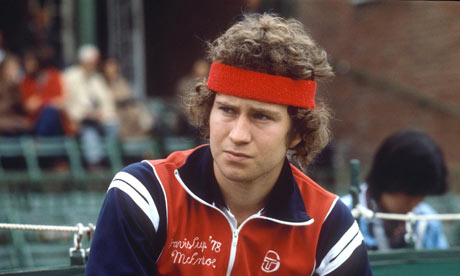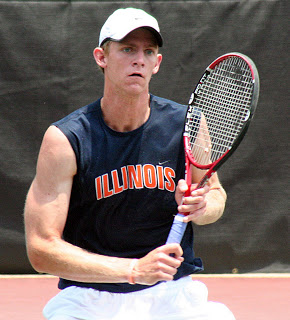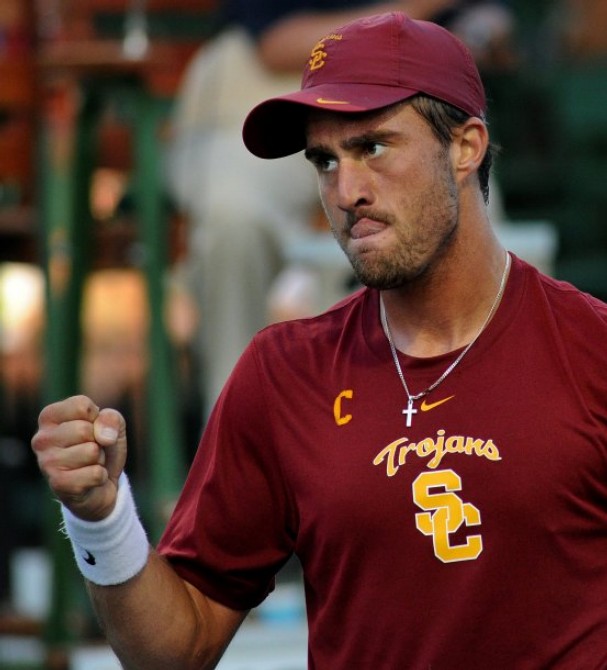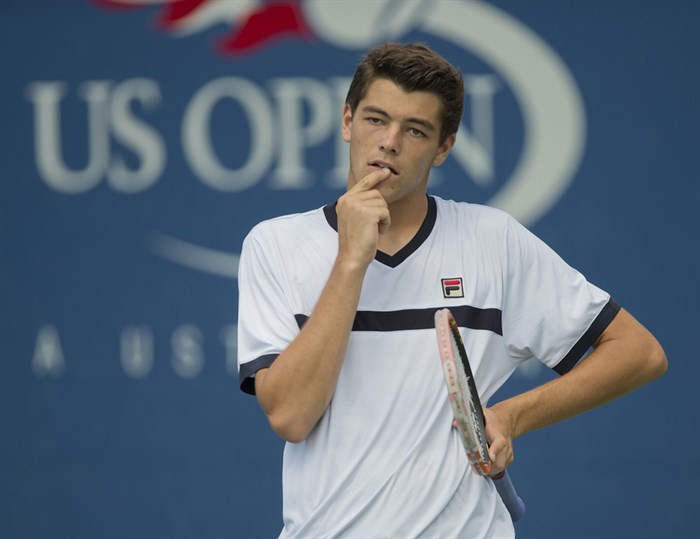Growing up as a competitive tennis player, I idolized players like Agassi, Sampras, Chang and Roddick. The goal was always to mimic them in every way in an attempt to follow their path to the top of the game. Until recently, that path did not include college tennis.
As a kid I tried to copy Agassi’s return position. Roddick’s hips on the serve. Chang’s movement and consistency. Sampras’ flying overheads.
It is a concept that applies to pretty much any discipline – if you want to get better, copy those who are better than you. If you want to be the best, learn from the best.
For a couple of decades, college tennis has had a stigma of second best. The choice to play college tennis was a choice to not play professionally – a perception likely created by the success of a few of the best players ever, and one that may not have helped many who followed.
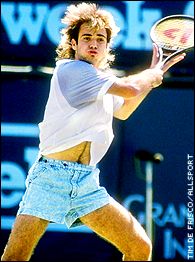
Agassi and Sampras both turned pro at 16. Roddick at 18. Chang won the French Open at 17. The top players in the world were not going to college. They were turning pro as teens and succeeding. A generation that brought a few all-time greats effectively removed college tennis from the path to the pros for the top juniors who came next.
Before them, it was a generation of great American’s who all played college tennis. Guys like Jimmy Connors, who played at UCLA, and the McEnroe brothers who played at Stanford, were going on to become the best players in the world after developing their games and their bodies at the college level.
The trend is again shifting back towards top talent electing to play college tennis, and it’s working. Today, a group of top American men led by John Isner from the University of Georgia and Steve Johnson from USC are proving once again that college tennis can not only produce successful professionals, but it might be a better path.
Other current top professionals like Kevin Anderson from U Of Illinois, Benjamin Becker from Baylor, and Blaz Rola from Ohio State are also succeeding on tour, among many others.
Why the shift? Professional tennis is increasingly professional. With prize money and endorsement deals on the rise, players are more dedicated to fitness and mental training than ever before. Full development physically and mentally are bigger factors in consistent success at the top of the game, rather than pure tennis ability alone.
Because of this, the average age of the top players is going up. Today, the average ago of the top 100 men on tour is 27 years, 8 months. There are six teenagers in the top 100 – 1 in the top 50 – Borna Coric at 47.
A hypothetical – Where would Donald Young be today if he played college tennis? He’s the same age as Steve Johnson, who finished 4 years at USC on a 72-match winning streak. Steve has a career high ranking of 31 and is currently ranked 35, while Donald has a career high of 38 and is currently ranked 74. Donald has earned $2.8 million in prize money since 2004, while Steve has earned $2.1 million since 2012.
Moral of the story – the era of the teenage major champion is long gone. The game is too demanding for teenagers who are immature physically and mentally. College tennis is the best option for top players to develop and put themselves in the best position for success at the pro level.
Sure, there will always be outliers who shoot up the rankings straight out of high school – we’re all hoping Taylor Fritz keeps going and is the next great American champion – but everyone else should go to class.
